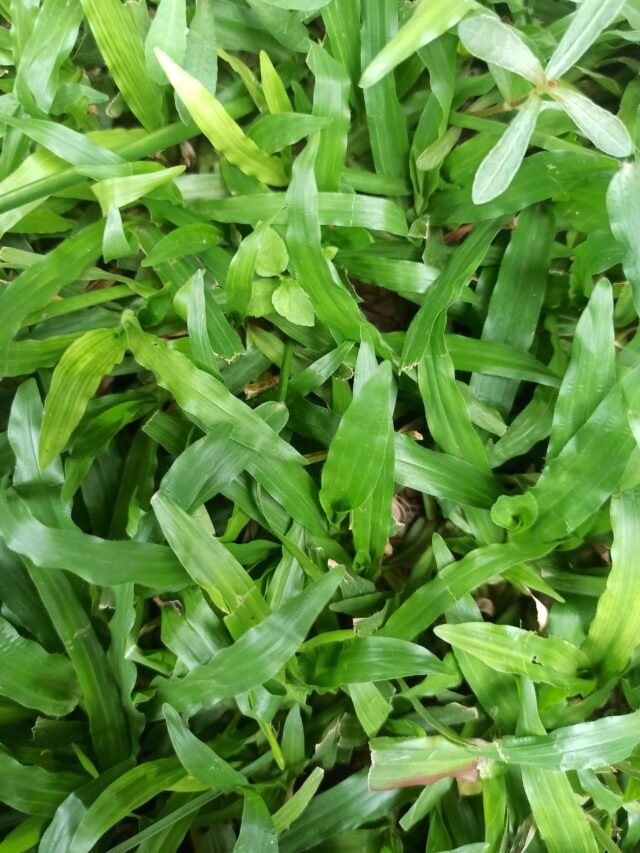Acacia Trees
Acacia trees are one of the more popular types of trees and are found in many animal parks and gardens because they weather well in a variety of climates. They grow rather quickly and have a greenish-yellow bark that peels off to reveal the lighter color of their wood. Acacia trees are not just known for their beauty but also for the medicinal properties that come from their sap!
Acacia Tree Facts
Acacia trees are native to tropical and subtropical regions of the world, including Australia, Africa, and South America. There are more than 1,000 species of the acacia tree, making it one of the largest plant genera in the world.

Acacia trees are characterized by their deep roots, which allow them to survive in arid climates. The bark of acacia trees is often used for medicinal purposes, and the wood is prized for its durability and strength.
Most acacia species are fast-growing and can reach heights of 30 feet or more within a few years. However, some species are slow-growing and may take up to 20 years to reach their full height.
Acacia tree facts:
What Do Acacia Trees Look Like?
Acacia trees are native to Australia and Africa and are also found in tropical and subtropical regions. They range in height from 20 to 30 feet and have a spreading canopy that can be up to 40 feet wide. The leaves are compound, with each leaf having 5-20 small, oval-shaped leaflets. The flowers are small and yellow and grow in clusters. The fruit is a small, hard seed that is encased in a woody pod.
The bark of acacia trees is often used in the tanning of leather. The wood is strong and durable, making it ideal for furniture and construction. The tree’s gum can be used as a food additive or thickener, as well as chewed as gum.
How to Care for an Acacia Tree
Acacia trees are easy to care for and only require basic maintenance. Here are a few tips on how to keep your tree healthy:
- water regularly, especially during dry periods
- fertilize annually with a balanced fertilizer
- prune in late winter or early spring to remove any dead or damaged branches
With just a little care, your acacia tree will thrive and provide you with years of enjoyment.
When to Care for an Acacia Tree?
If you have an acacia tree, you will need to care for it properly to ensure that it stays healthy and grows properly. Here are some tips on when to care for an acacia tree:
-Water your acacia tree regularly, especially during the summer months when the weather is hot and dry. Make sure to water deep enough so that the roots are getting moisture.
-Fertilize your acacia tree twice a year, in spring and fall. Use a fertilizer specifically designed for trees and follow the directions on the package.
-Prune your acacia tree as needed to remove dead or damaged branches, as well as to shape the tree. Pruning is typically done in late winter or early spring.
-Monitor your acacia tree for pests or diseases and take action if necessary. Consult with a professional if you are unsure of how to treat a problem.
Pruning an Acacia Tree: Tips and tricks
Pruning an Acacia tree is a necessary part of keeping the tree healthy and looking its best. Although pruning may seem like a daunting task, it is actually quite simple if you follow a few tips and tricks.
When to prune: Depending on the type of acacia tree, you will need to prune at different times of the year. For most acacia trees, the best time to prune is in late winter or early spring before new growth begins. This will help ensure that your cuts heal quickly and that new growth is not damaged.
What to prune: When pruning an acacia tree, you will want to remove any dead or diseased branches, as well as any branches that are crossing or rubbing against each other. You should also prune any branches that have grown out of control. In general, you should aim to remove about one-third of the length of each branch that you trim.
How to prune: When cutting branches, be sure to use sharp, clean pruning shears. Make your cuts at a 45-degree angle just above a node (the point where leaves attach to the stem). This will help encourage new growth.
Conclusion
Acacia trees are a beautiful, unique addition to any landscape. With their distinctively shaped leaves and pretty flowers, they add a touch of elegance to any garden. If you’re thinking of planting an acacia tree, be sure to do your research first so that you choose the right variety for your needs. And once you’ve got your tree planted and growing, enjoy watching it thrive!
5 Ways To Keep Your Elderly Cat Happy And Healthy
- What You Need To Know About Tree Of Heaven
- Gum Tree: Identification, Uses, And A Few Facts
- Plant Health Care – A Detailed Guide To Growing Healthy Plants
- 10 Benefits Of Houseplants That Will Surprise You
- 10 Tips For Creating A Herb Garden For Beginners
Discover more from Gardening with Ecorganicas: Your Source for Organic Gardening Tips
Subscribe to get the latest posts sent to your email.








